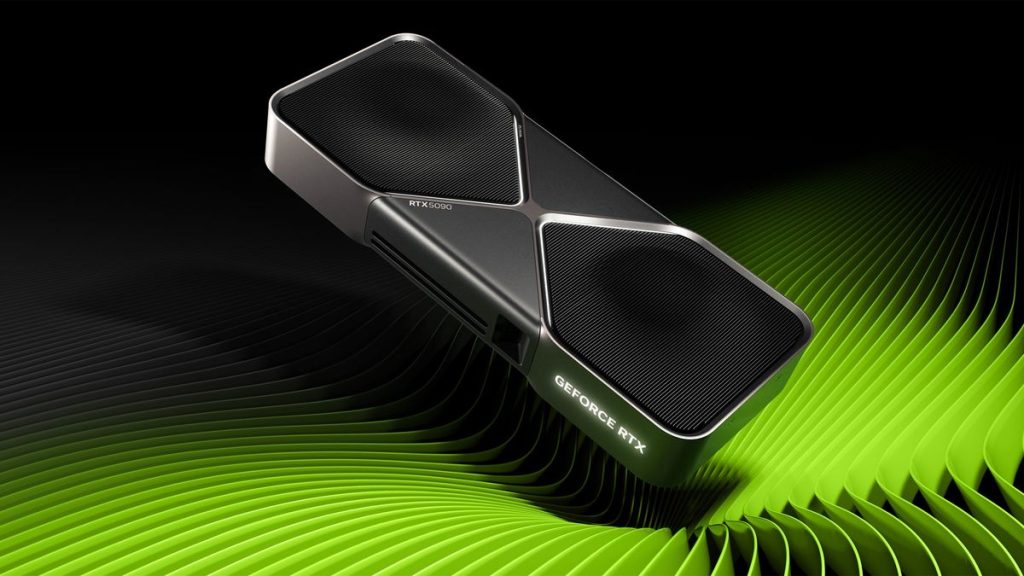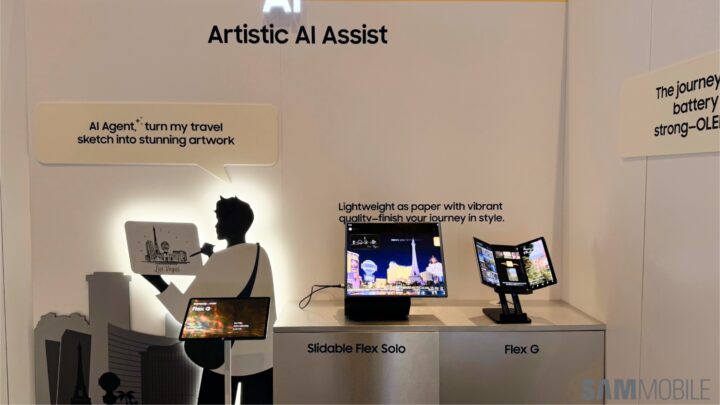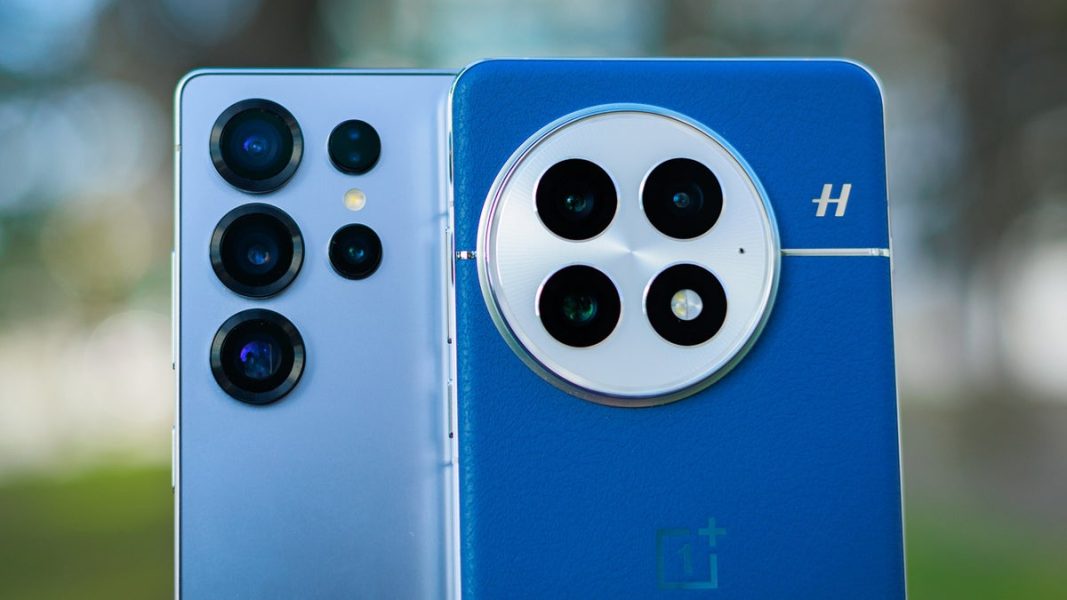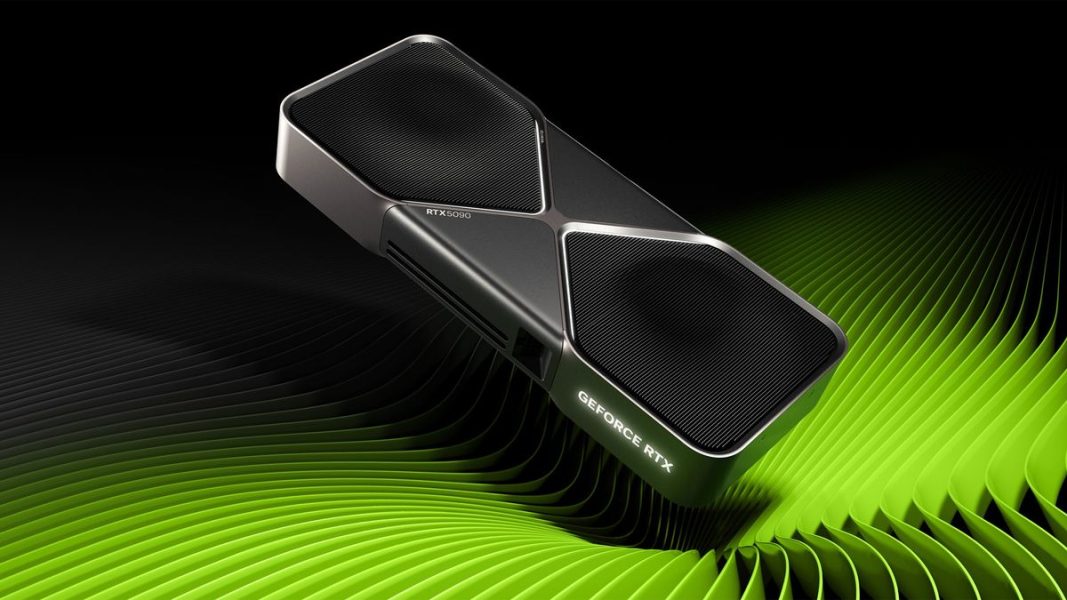We’ve tried NVIDIA Smooth Motion, here are our thoughts – DSOGaming

Last week, NVIDIA launched a new feature for the RTX50 series GPUs that is similar to AMD’s AFMF, called Smooth Motion. Smooth Motion allows you to enable Frame Generation in games that do not support DLSS 3 FG. So, how good – or bad – is it? Let’s find out.For our tests, we used an AMD Ryzen 9 7950X3D with 32GB of DDR5 at 6000Mhz and an NVIDIA RTX 5090. We also used Windows 10 64-bit, and the GeForce 57216 driver. Moreover, we’ve disabled the second CCD on our 7950X3D. That’s the ideal thing you can do for gaming on this particular CPU.The games we tested were STALKER 2, Black Myth Wukong, Final Fantasy 7 Rebirth, Hellblade 2, Silent Hill 2 Remake, Marvel’s Spider-Man 2 and Indiana Jones and the Great Circle.First things first. To enable Smooth Motion, you’ll need the latest version of the NVIDIA App. Once you’ve downloaded and installed it, you will be able to enable Smooth Motion in most DX11 and DX12 games. Once you enable it, a Low Latency Mode will be also activated. This should reduce the extra input latency of Smooth Motion. Right now, Smooth Motion requires an RTX50 series GPU. However, NVIDIA told us that a future update will add support for the RTX40 series GPUs.Let’s start with some bad news. From the looks of it, you’ll need a game profile for this driver-based solution to work. If a game does not have a profile, you cannot enable it. Or at least that was my experience with Final Fantasy 7 Rebirth. No matter what I did, I could not enable Smooth Motion. Even when I forced it via Global Settings or when I manually added the game’s executable file to the NVIDIA App, FF7 Rebirth was still not using it. So, that’s kind of a bummer as you will rely on the NVIDIA App and its game profiles.Smooth Motion was also constantly crashing on most games with MSI Afterburner and Rivatuner. Here are the error messages we were getting in Black Myth: Wukong and Hellblade 2. Without them, all of our games could launch without issues. So, for our benchmarks, we used NVIDIA’s own Performance Overlay Tool.So, here are some screenshots from Black Myth Wukong. The first one is at 4K/Path Tracing with only DLSS 3 Quality Mode, the second is with Smooth Motion and the third is with DLSS 3 FG. Surprisingly enough, DLSS 3 Quality Mode with FG manages to offer lower latency than 4K with only DLSS 3 Quality Mode. As for Smooth Motion, it feels slightly worse than 4K with DLSS 3 SR. Yes, you get an extra 10ms input lag, but most of you won’t even notice it. What you will notice, however, is the smoother camera movement.In the games I’ve tested, Indiana Jones, Black Myth: Wukong and Silent Hill 2 Remake felt laggier than DLSS 3 Frame Generation. So, it’s obvious that Smooth Motion is not as advanced as DLSS 3 FG. However, for a universal solution, it’s actually pretty great.I’ve tried both Lossless Scaling and AMD’s AFMF, and I can honestly say that this is the best “free” Frame Gen solution. What impressed was the lack of artifacts in most of the games. Hellblade 2 looks amazing, and I could not spot any major artifacts in Black Myth: Wukong or Indiana Jones. The only game that had minor artifacts (and that was when moving the camera like crazy) was Marvel’s Spider-Man 2.Speaking of Marvel’s Spider-Man 2, Smooth Motion does an excellent job of offering a smooth gameplay experience. Here’s the game running on our PC system at Native 4K/Max Settings/Max Ray Tracing, and here’s with Smooth Motion. Yes, the game also supports DLSS 3 FG (so you should use that one). Still, this is a perfect example at how good – and crucial – Smooth Motion can be, even on high-end PC systems.All in all, I was quite impressed with NVIDIA’s Smooth Motion. The only downside is that it needs a game profile, so you’ll have to rely on NVIDIA to add new game profiles via the NVIDIA App. Other than that, though, Smooth Motion is better in every way than Lossless Scaling or AFMF. It has fewer visual artifacts, it does a great job with its Frame Gen, it has a very small impact on input latency, it works with VRR, and it does not de-activate itself during fast motions. It may have taken NVIDIA a while to release its answer to AMD’s AFMF, but it’s better than it in every way!UPDATE:To further test Smooth Motion, I installed four old games that did not have any DLSS support. These four games were The Callisto Protocol, The Medium, Kingdom Come: Deliverance and Resident Evil 4 Remake.Let’s start with the benchmarks. As you may have guessed, Smooth Motion brings major framerate improvements.The Callisto Protocol felt sliiiiiightly laggier with Smooth Motion. I’m nitpicking here though. I’m sure that most of you won’t even notice this extra input lag at that framerate. I could not also spot any visual artifacts, even during quick camera movements.The Medium and Kingdom Come: Deliverance were perhaps the best examples in this second set of benchmarks. The Medium felt better in every way than Native 4K. As for Kingdom Come: Deliverance, it ran smoothly without any noticeable input lag issues.Finally, Resident Evil 4 Remake saw a big performance boost at Native 4K. However, there were some ghosting issues with the crosshair. Moreover, the game felt slightly laggier with Smooth Motion. Weaker GPUs may get bigger benefits from Smooth Motion. But, for owners of high-end GPUs, RE4 Remake is a game that plays best without it.John is the founder and Editor in Chief at DSOGaming. He is a PC gaming fan and highly supports the modding and indie communities. Before creating DSOGaming, John worked on numerous gaming websites. While he is a die-hard PC gamer, his gaming roots can be found on consoles. John loved – and still does – the 16-bit consoles, and considers SNES to be one of the best consoles. Still, the PC platform won him over consoles. That was mainly due to 3DFX and its iconic dedicated 3D accelerator graphics card, Voodoo 2. John has also written a higher degree thesis on the “The Evolution of PC graphics cards.”
Contact: Email
Source: https://www.dsogaming.com/articles/weve-tried-nvidia-smooth-motion-here-are-our-thoughts/



